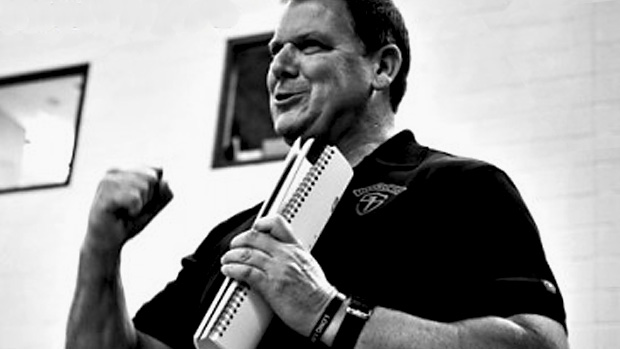The Lost Hinge
The hinge is one of the most important movement patterns when it comes to protecting your lower back from injury, but many people have lost the ability do it.
The hip hinge is often confused with the deadlift, which is a specific exercise that falls under the hip hinge umbrella. While not every hip hinge is a deadlift, every deadlift is a hip hinge pattern. Many people don't deadlift because they think it's too risky. And since the deadlift is the only hip hinge exercise they know, they skip training the entire movement pattern. The result? More low back pain, more injuries.
We must learn to reintroduce and reactivate this pattern. The problem is, most lifters jump right to the barbell deadlift from the floor, or jump right into the kettlebell swing, before mastering the hip hinge.
How many times do you bend over a day? The correct answer is: a lot. That's why honing this pattern is so important. Master the hip hinge and you'll avoid chronic flare-ups, lower back tightness, and generalized "neural-lock" of your mobility and flexibility.
Hinge Pattern Progressions
This pattern needs to be slowly implemented at lower levels to allow motor relearning to take place. Here are the main progressions used to reactivate the hip hinge from the ground up:


- Bodyweight RDL (Romanian Deadlift)
- Dumbbell RDL
- Barbell RDL
- Dumbbell Deadlift
- Trap Bar Deadlift
- Barbell Rack Pull (or lifting from blocks/plates)
- Barbell Deadlift
Based on their body type, not every lifter will have the ability to pull a barbell off the floor with good neutral spine mechanics. And that's totally fine. If that's you, then you'll just stop somewhere else on the progression list.
Remember, based on your God-given body structure, no matter how much you foam roll and stretch, you can never change your bony anatomy. Don't try to force it.





